19 August (6 August according to Art. Art.) one of the most important in the annual calendar circle of Orthodox Christian holidays is celebrated - the Transfiguration of the Lord.
The holiday itself and its iconography have deep historical roots. We learn about the Lord's Transfiguration from the Gospel. Apostles Matthew, Mark and Luka tell, that Jesus Christ together with three disciples (Peter, Jacob and John) having climbed the mountain (according to ancient tradition, it was Mount Favor) transfigured before them - that is, he revealed his divine glory. The Gospel also speaks of two heavenly witnesses of this event - the prophets Moses and Elijah. The holy fathers explain, that this event was supposed to strengthen the faith of the apostles in Christ the Savior on the eve of the future crucifixion.
The image of the Transfiguration is found on church antiquities in the collection of the Chernihiv Historical Museum named after V.V.. Tarnovsky. So on the front board of the throne of the Gospel (inv. № Al-181), which is a gift of Vasyl Dunin-Borkovskyi, general of the Zaporozhian Army, to the Savior and Transfiguration Cathedral of. Chernihiv embossed central image "Transfiguration of the Lord". The silver print of this Gospel was made in Wroclaw in 1685 year. It is decorated with floral ornament, looks quite massive.
The exquisite work of the image of the Transfiguration of the Savior adorns the Gospel (inv. № Al-185), which in 1701 year was presented to the Borys-Hlib Cathedral by the General Clerk of the Zaporizhzhya Army, and later Chernihiv regimental judge Karpo Mokrievich with his wife Anna Kokhanovska. The frame was made in the German city of Augsburg, which was the center of jewelry production in Europe at the time. On a red background are fixed pictorial finift medallions with the image of Christ the Almighty in the center and the twelfth holidays around, among which is the Transfiguration.
In the air of the end of the 18th century. (inv. No. I-1835) from brown velvet, we also find the haptoned composition "Transformation", which is placed in a large medallion with rays. In the corners, in smaller medallions, there are busts of the four evangelists, between them images of cherubim. Embroidering is done with gold and silver threads. The features of the faces and the contours of the hands are embroidered with silk.
The engraving "Transfiguration of God" can also be seen in the collection of sermons of Chernihiv Archbishop Lazar Baranovych, which is rich in church illustrations, "Trumpets for the Day... 1674 Dr.. edition (inv. №. Al-966) (printing house of the Kyiv-Pechersk Lavra).
In each exhibit, the iconographic plot of the holiday is based on the Gospel narration about this event. On the icons of the Transfiguration of the Lord, Jesus Christ is always in the center, standing on the mountain in snow-white robes, prophets on both sides, and at the foot of the mountain are the apostles, who "fell down on their faces and were greatly afraid" when they saw Christ in unspeakable glory.
Старший науковий співробітник музею,
Candidate of Theology Miroslav May-Boroda
_________________
Arendar G. Silver plates of the Gospels of the 17th–19th centuries from the collection of the Chernihiv Historical Museum named after V.V.. Tarnovsky. 2021.
Zaichenko V. Chapts of the XVII-XIX centuries. in the collection of the Chernihiv Historical Museum. 1991.
Polovnikova S., Fed and. Collection Cyrillic old collection of Chernihiv Historical Museum. В.В.Тарновського. 1998.
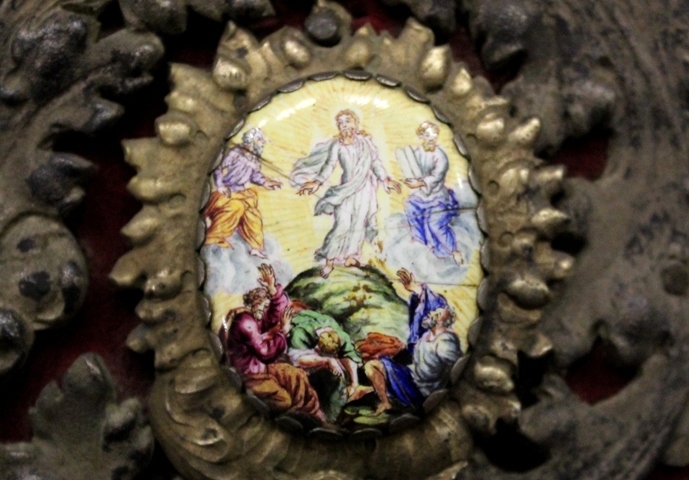
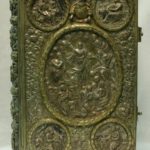
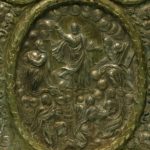
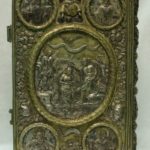
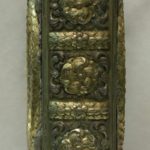
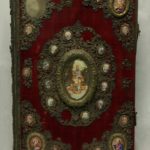


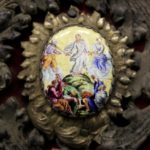
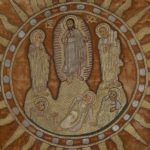
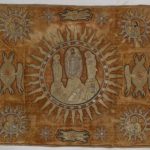



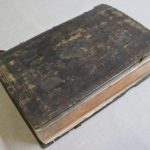
More Stories
Needed, perhaps, God's gift to create beautiful things from clay
Exhibition “In memory of cultural workers...”
Congregant of Metropolitan Peter Mohyla and Hetman Ivan Vyhovsky from the Baturyn Monastery